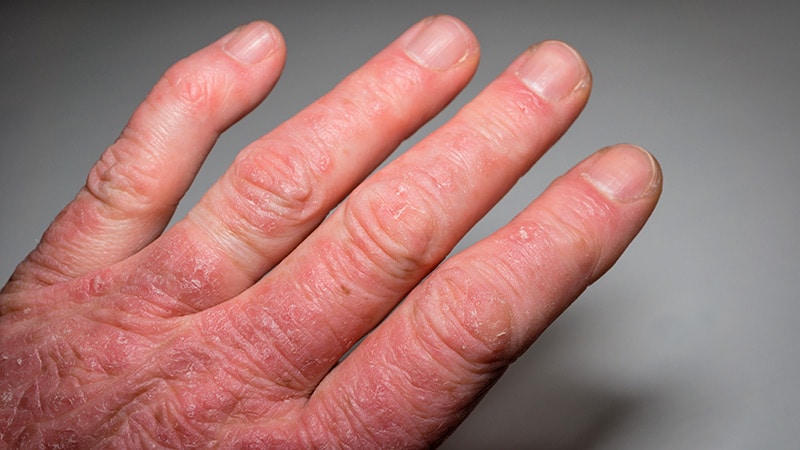The National Institute for Health and Care Excellence (NICE) has recommended two treatments for axial spondyloarthritis. Final draft guidance recommends ixekizumab (Taltz, Eli Lilly) and secukinumab (Cosentyx, Novartis) for people whose disease has not responded sufficiently to conventional therapies.
Clinical trial evidence shows ixekizumab and secukinumab are more effective compared with placebo. However, uncertainties in the evidence presented to the independent appraisal committee means that secukinumab and ixekizumab are only cost-effective on the NHS if they are used in specific circumstances.
Both drugs are recommended as an option for treating active ankylosing spondylitis that is not controlled well enough with conventional therapy or active non-radiographic axial spondyloarthritis with objective signs of inflammation (shown by elevated C-reactive protein or MRI) that is not controlled well enough with nonsteroidal anti-inflammatory drugs (NSAIDs), in adults.
Both ixekizumab and secukinumab are recommended only if tumour necrosis factor (TNF)-alpha inhibitors are not suitable or do not control the condition well enough.
It is estimated that around 20,000 people will be eligible for the treatments.
Response should be assessed after 16 weeks with secukinumab and between 16 and 20 weeks with ixekizumab. Treatment should only be continued only if there is clear evidence of response, defined as:
- A reduction in the Bath Ankylosing Spondylitis Disease Activity Index (BASDAI) score to 50% of the pre-treatment value or by ≥2 units, and
- A reduction in the spinal pain visual analogue scale (VAS) by ≥2 cm.
The companies have commercial arrangements in place which makes these treatments available to the NHS at a discount.
The guidance is now open for appeal until Thursday 1 July 2021. The final version of the guidance is expected to be published 21 July.
This article originally appeared on Univadis, part of the Medscape Professional Network.



